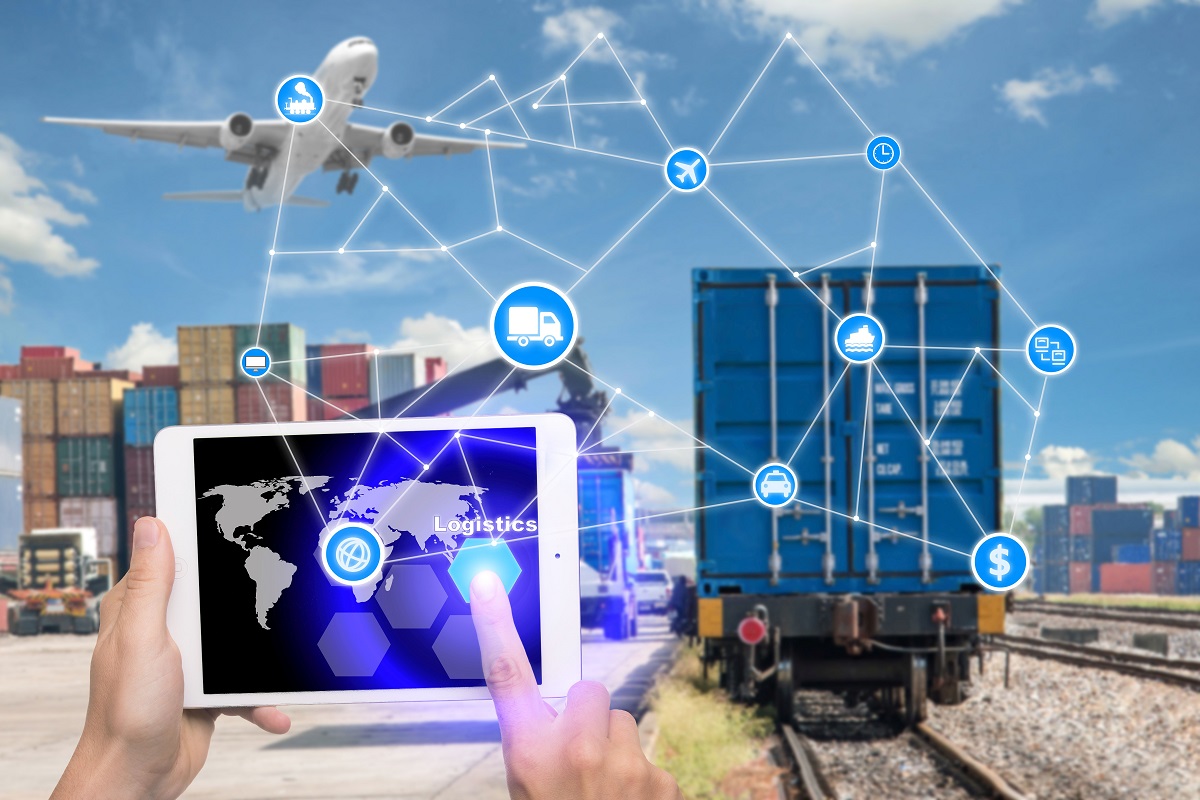Disrupting the supply chain with better data analysis

Disrupting the supply chain with better data analysis
Written By
According to the SAS Experience 2030 research, 65% of South African consumers have indicated that they will not be returning to traditional shopping practices following the onset of the COVID-19 pandemic, with 37% of those stating they will use even more online and digital apps than they do currently.
This is putting significant pressure on supply chain planning and logistics as organisations must ensure products arrive on time and deliver a quality customer experience.
Ronald Breedveld, senior retail & CPG director – Business Advisor, SAS Institute, France, and the company’s expert speaker at the recent SAPICS conference, says the old ways of operating businesses will not succeed in the future given how consumer buying patterns, the supply chain, and logistics are all subject to significant and rapid changes in the highly connected world.
“A key component for retailers is accurately forecasting short-term consumer demand to ensure that their products are available to consumers when they need them,” says Breedveld.
Implementing a short-term (one to eight week) forecast is critical to understanding and predicting changing consumer demand patterns associated with sales promotions, events, weather conditions, natural disasters, and other unexpected shifts (anomalies) in consumer demand.
“Short-term demand sensing allows retailers to predict and adapt to those changing consumer demand patterns and has become an imperative for success in the local operating environment,” continues Breedveld.
This is where a machine learning (ML) approach to creating these weekly and daily short-term demand forecasts becomes invaluable.
Using this approach, combining segmentation analysis, ML, and traditional time-series forecasting models, retailers can generate improved forecasts by using historical supply signal (shipments) data in combination with point-of-sale data (demand signal), sales promotions, trade inventory, and others.
“Fundamental to all this is effectively managing the explosion of data being generated by the myriad of touch points. The vast network of connected sensors and involved devices is altering the way that we think about supply chains and how they are managed. We can now see much more about what is going on, and that inevitably means that new opportunities are opening, as well as new challenges,” says Breedveld.
“The artificial intelligence of things (AIoT) is also adding new opportunities and challenges. More data is available from both inside and outside the organisation, whether a retailer or otherwise, understanding has increased around the value of analytics in the supply chain, and more analytical processes are available. Therefore, adoption is increasing, but slowly,” Breedveld added.
Modern supply chains are really networks of the incumbent and potential service providers, all of whom produce a range of data that is both incredibly complex and – if harnessed correctly – can form the basis for quick and simple decisions to ensure the sustainability of a business.
Demand sensing, trend analysis, and pattern recognition can be leveraged daily to make decisions about how, when, and where to send goods to optimise replenishment, improve inventory levels, and maximise availability on shelves where demand is highest.
Pattern and trend analysis allows for quick decision-making in responding rapidly to changing consumer buying patterns.

To achieve effective demand-supply planning requires collaboration between all business departments, not least of all marketing, sales, supply chain and finance
Breedveld indicates that business value is increasingly driven by the volume of satisfied and repeat customers. “The pressure to get the right product to the right place at the right time at the right cost is even higher than it has been before. The people who turn that big picture into executional reality are supply chain leaders. This is increasingly the case as value chains become more network based. We are in an age of instant gratification and as a result, board members are increasingly turning to those executives who can change strategies into executional reality.”
The Experience 2030 research also found that 16% of customers globally have switched service providers for faster or more convenient delivery options and a further 13% changed providers due to a negative customer experience.
“Today’s long, complex supply chains generate huge amounts of data. The importance of understanding the supply chains and gauging how resilient they are has been brought into sharp focus by the pandemic. Analytics helps organisations to make sense of this data and make sure organisations fully understand what is happening and how best to adapt to customer demand,” concludes Breedveld.







